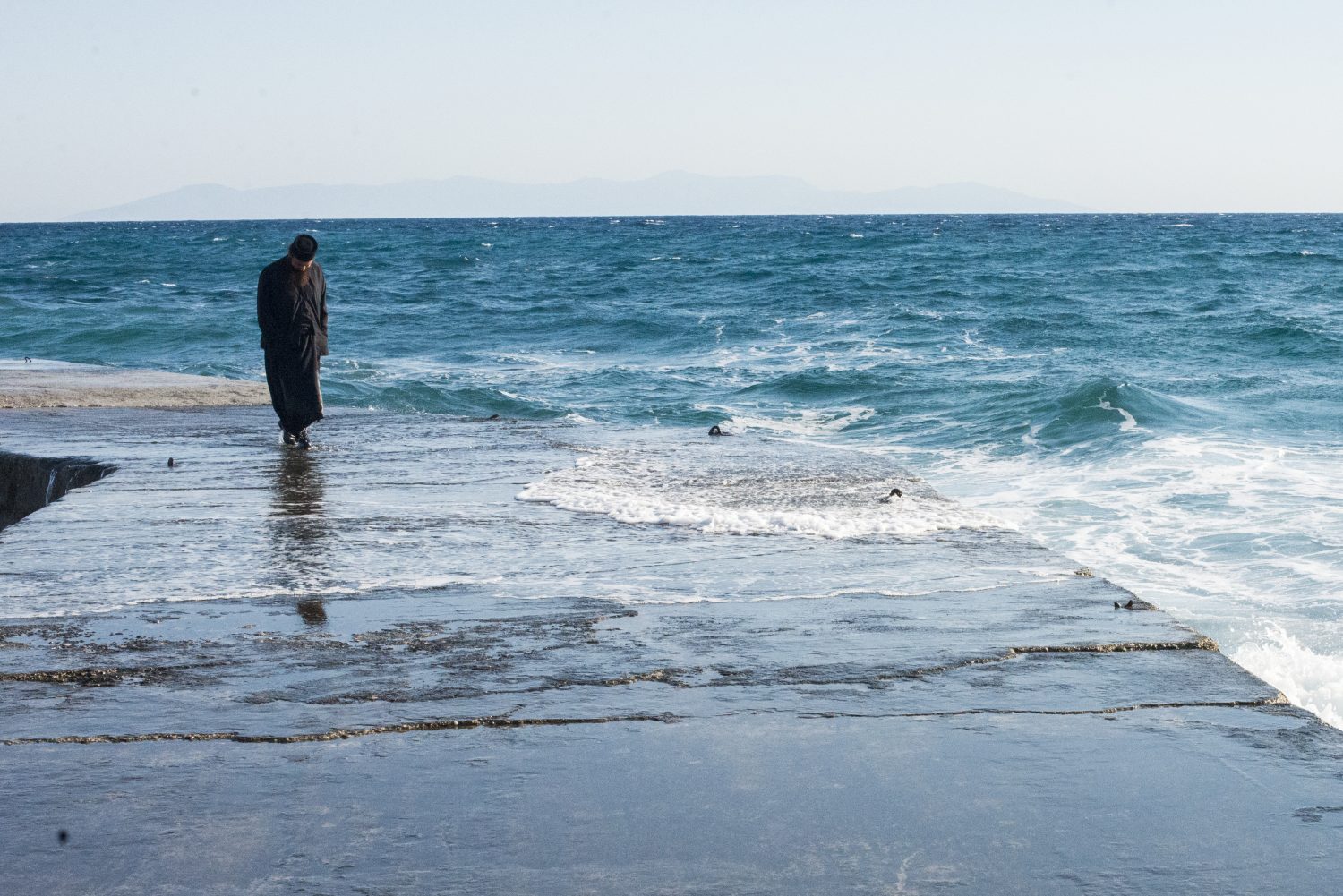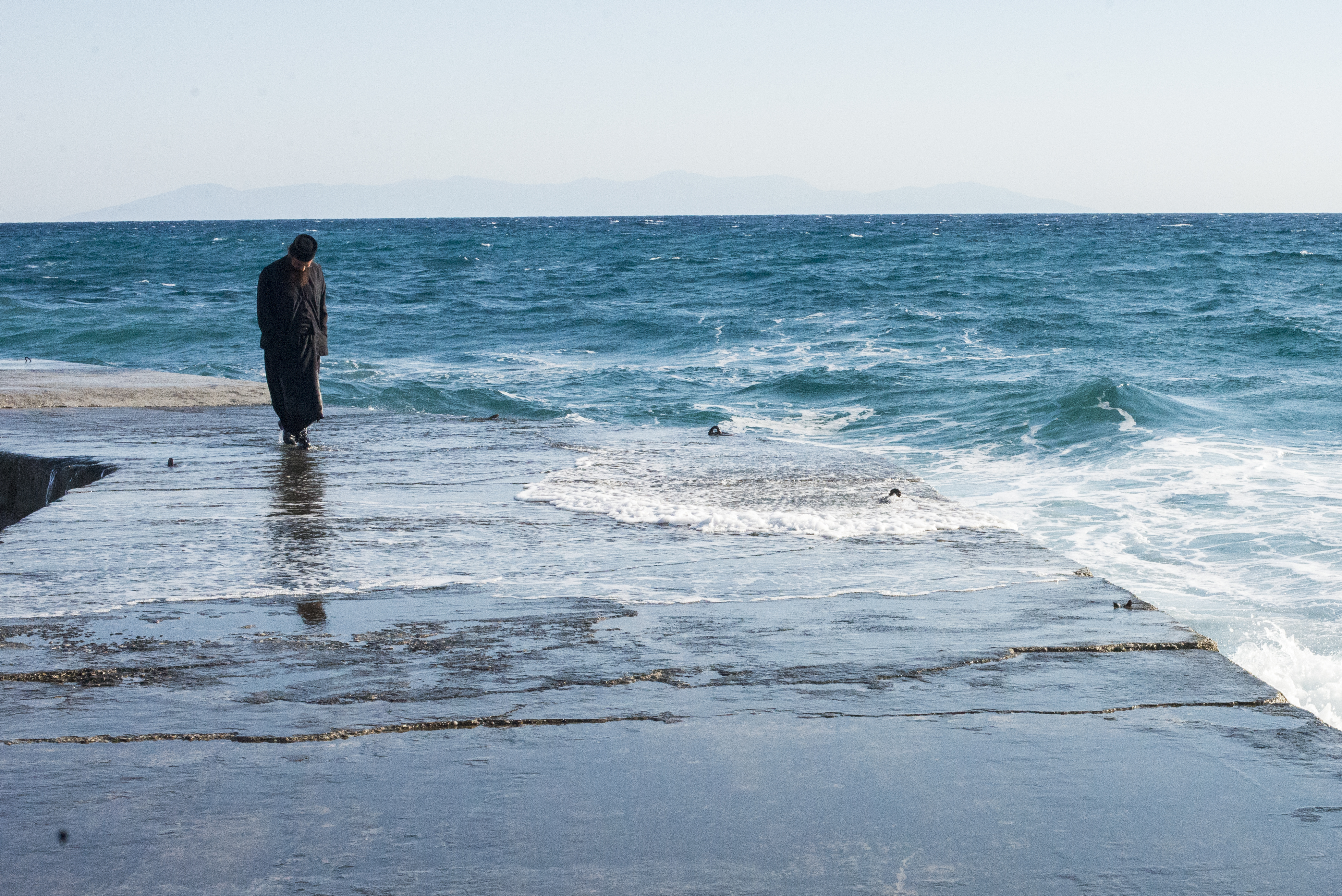 Text by Jan Dominik Bogataj and Photographs by Nik Erik Neubauer
Text by Jan Dominik Bogataj and Photographs by Nik Erik Neubauer
On our planet, there are only a few places that are so special and mysteriously attractive to humankind as Athos.
This 40 km long peninsula on the Greek coast of the Aegean Sea is inhabited by around 2000 monks, and in the 1,000 years of its history, not one woman has ventured. This exotic perhaps stems partly from the fact that you have to go through a very difficult and long process to get a limited “pilgrim” permission visa to stay on peninsula for even just a few days.
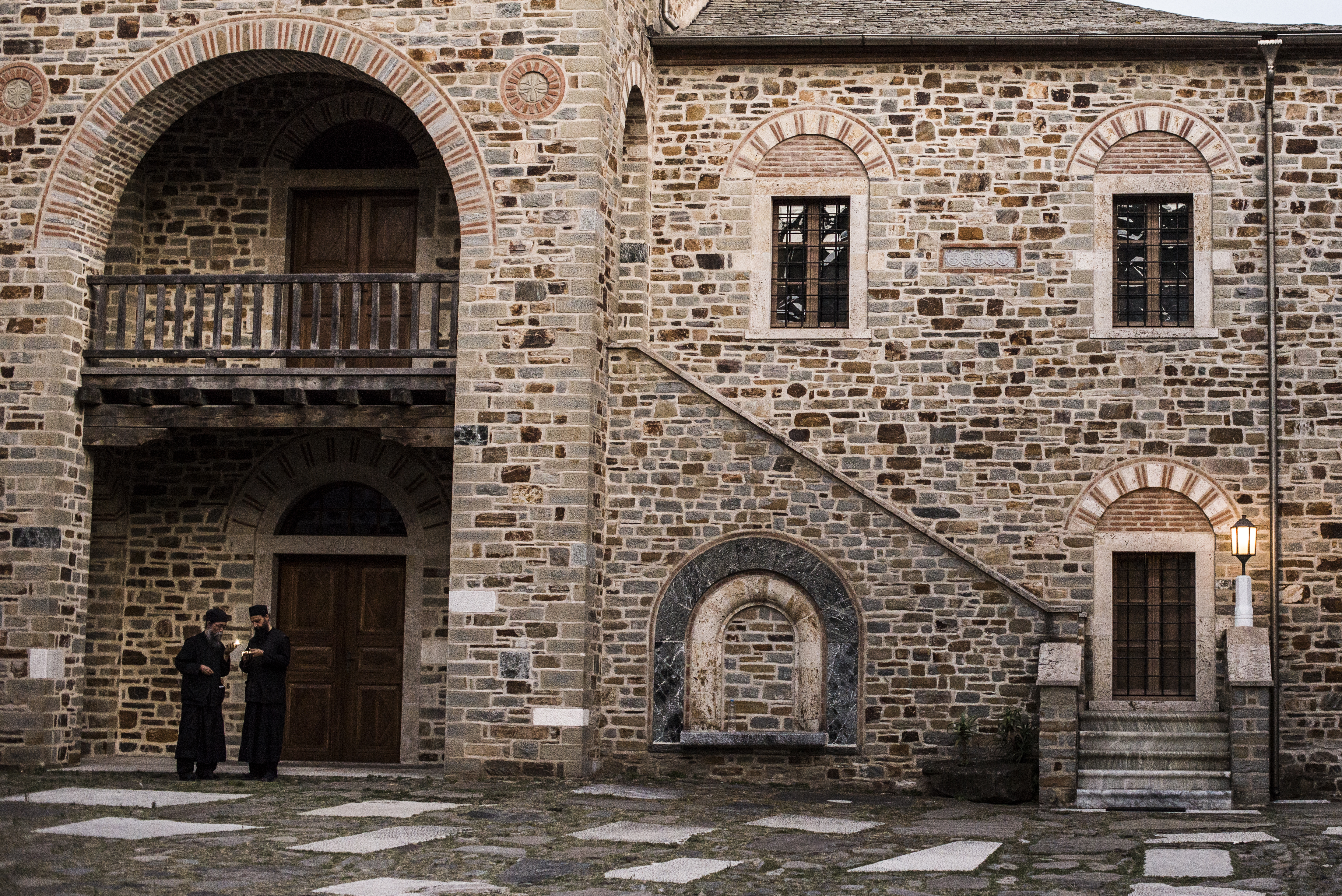
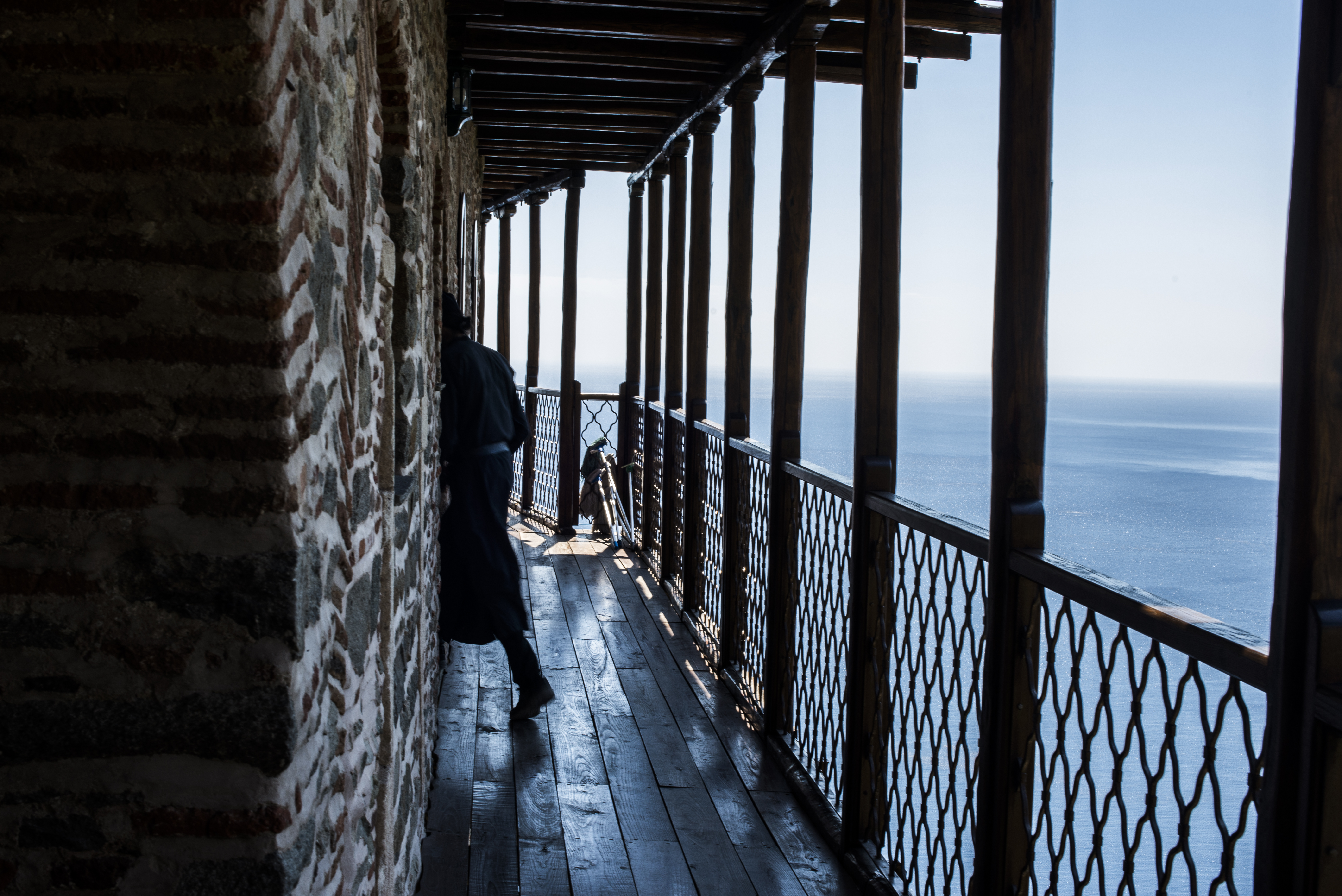
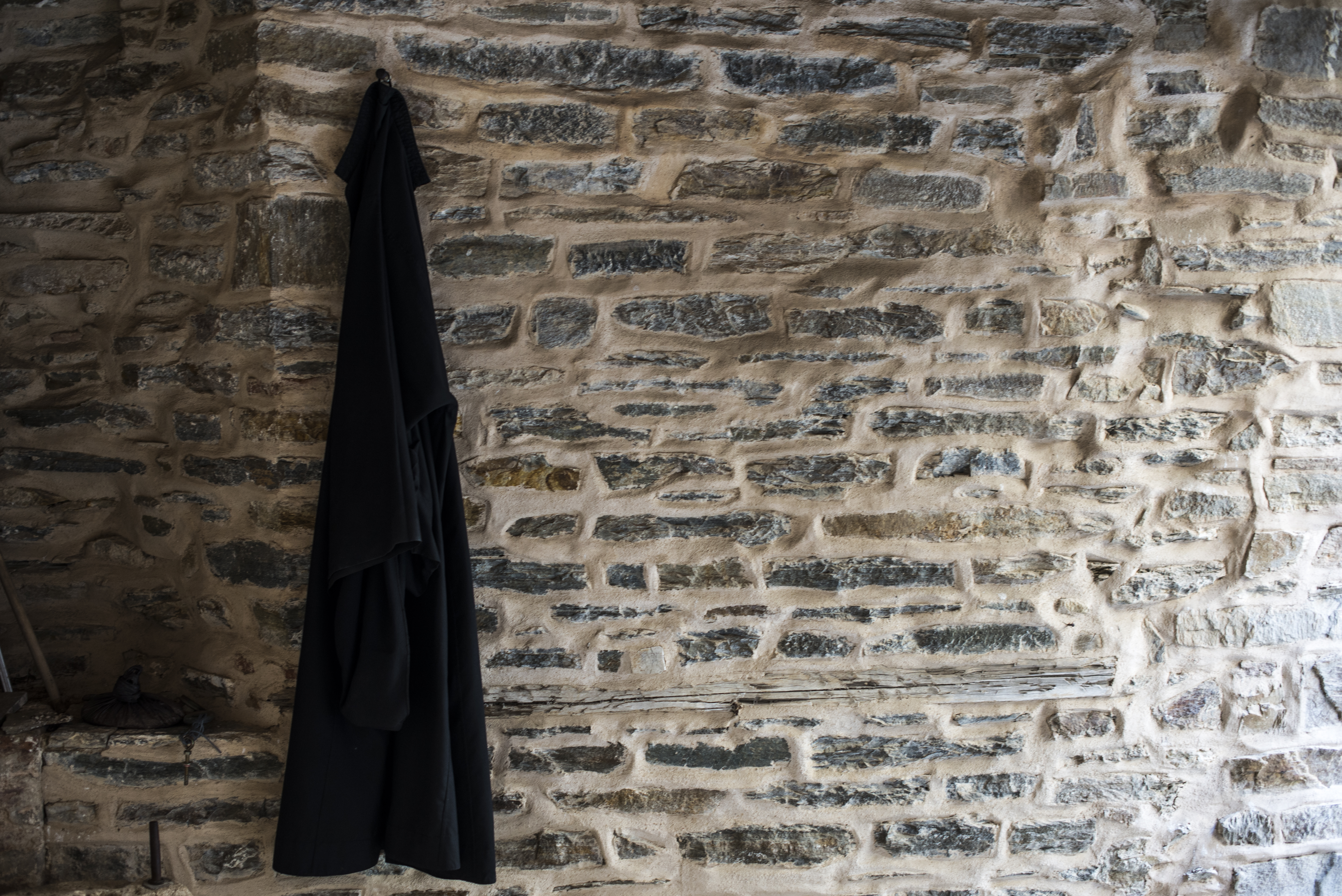
Athos holds its mysterious reputation in part because of its serene and strikingly inspiring natural beauty, from the top of the mountain at 2033 meters and all the way to the lowlands by the sea. But the true mysterious attractiveness of this highly diverse place, which is an Autonomous Monastic State and home to 20 monasteries, is undoubtedly due to countless generations of monks who have been continuously praying, night and day.
Athos seemingly breathes prayer; it permeates each piece of nature, the numerous dwellings and settlements, and striking works of art in churches that represent the culmination of Byzantine and early Christian styles. Peace, tranquility and silence intermingle with worship and chant, giving rhythm to everyday life.
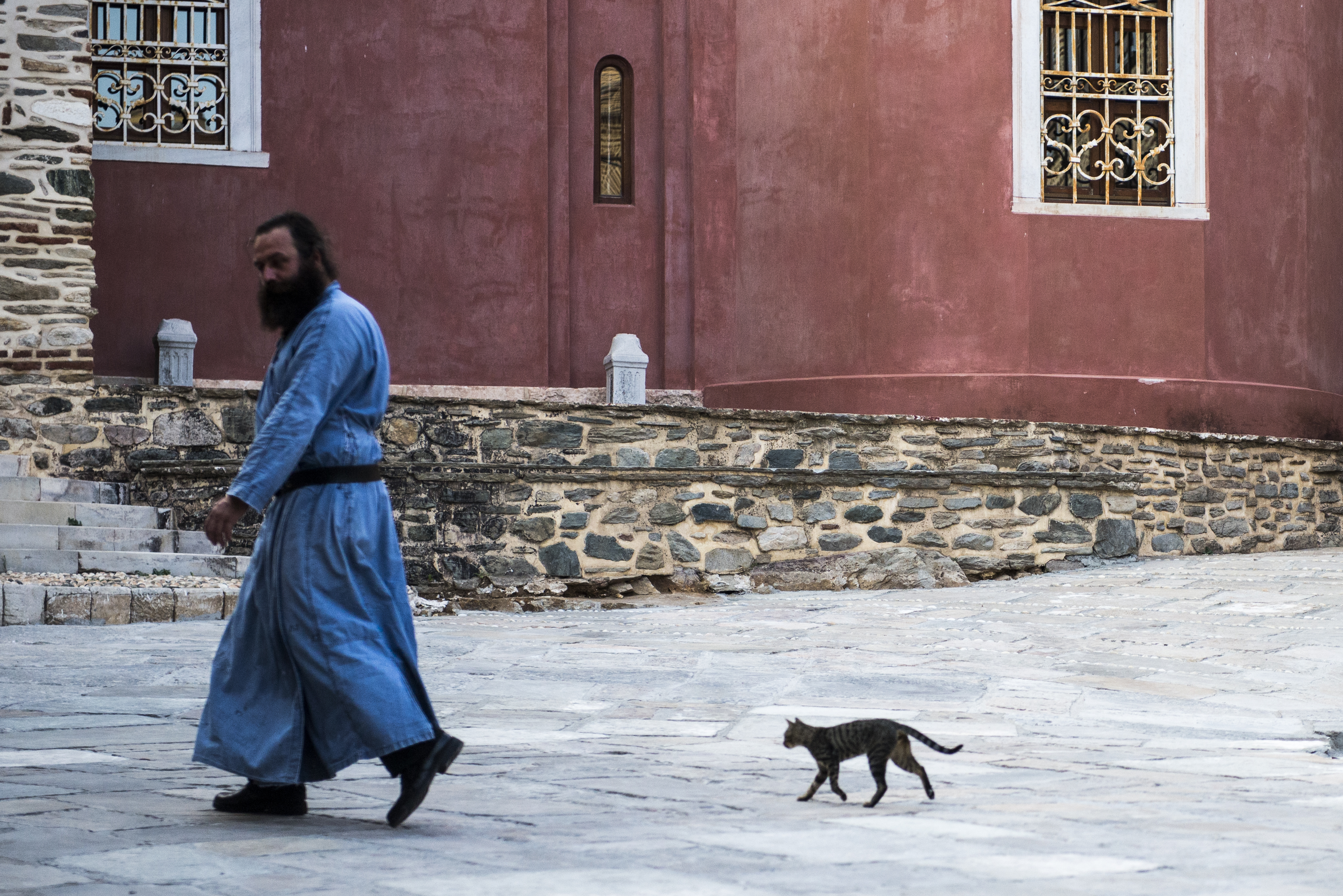
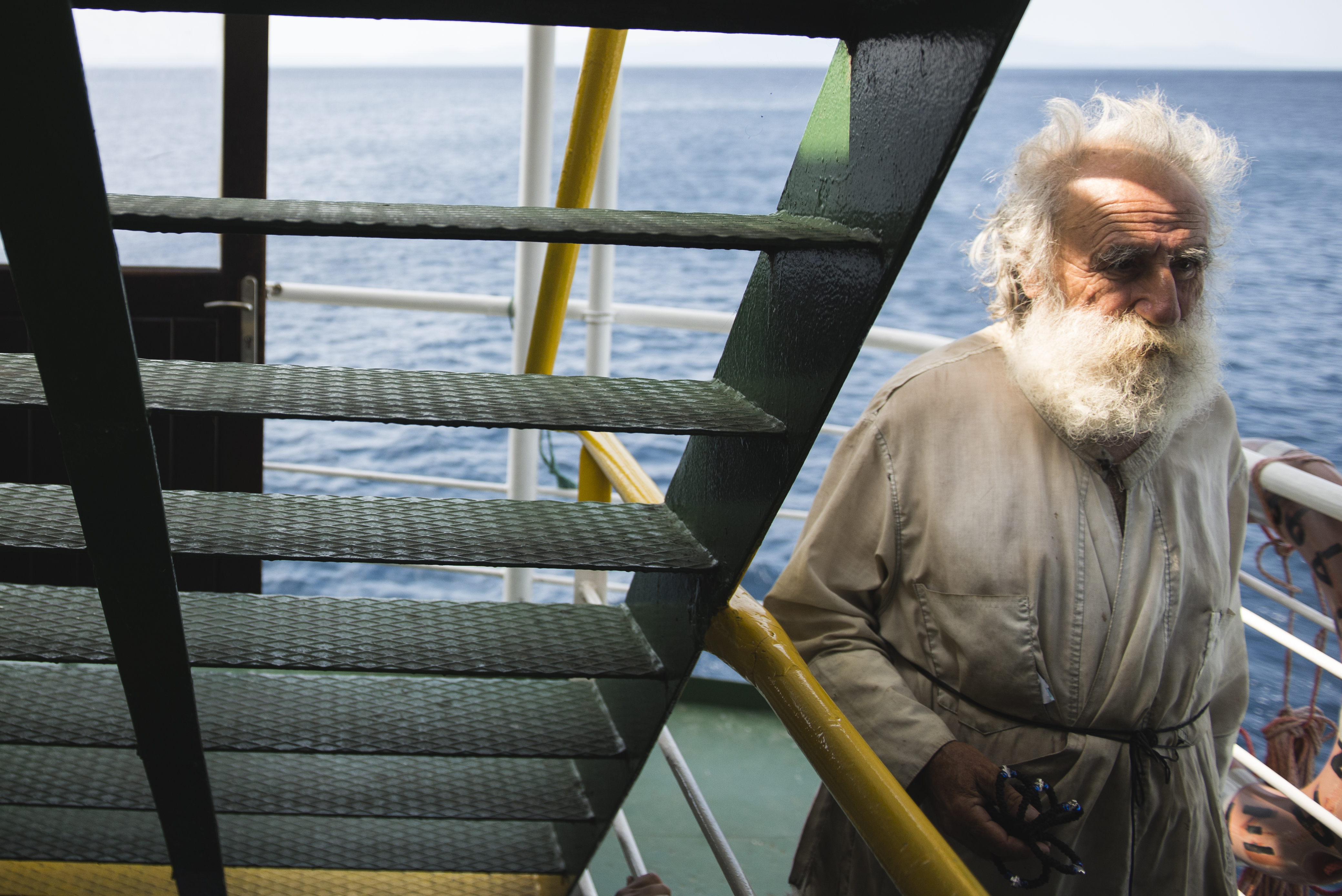
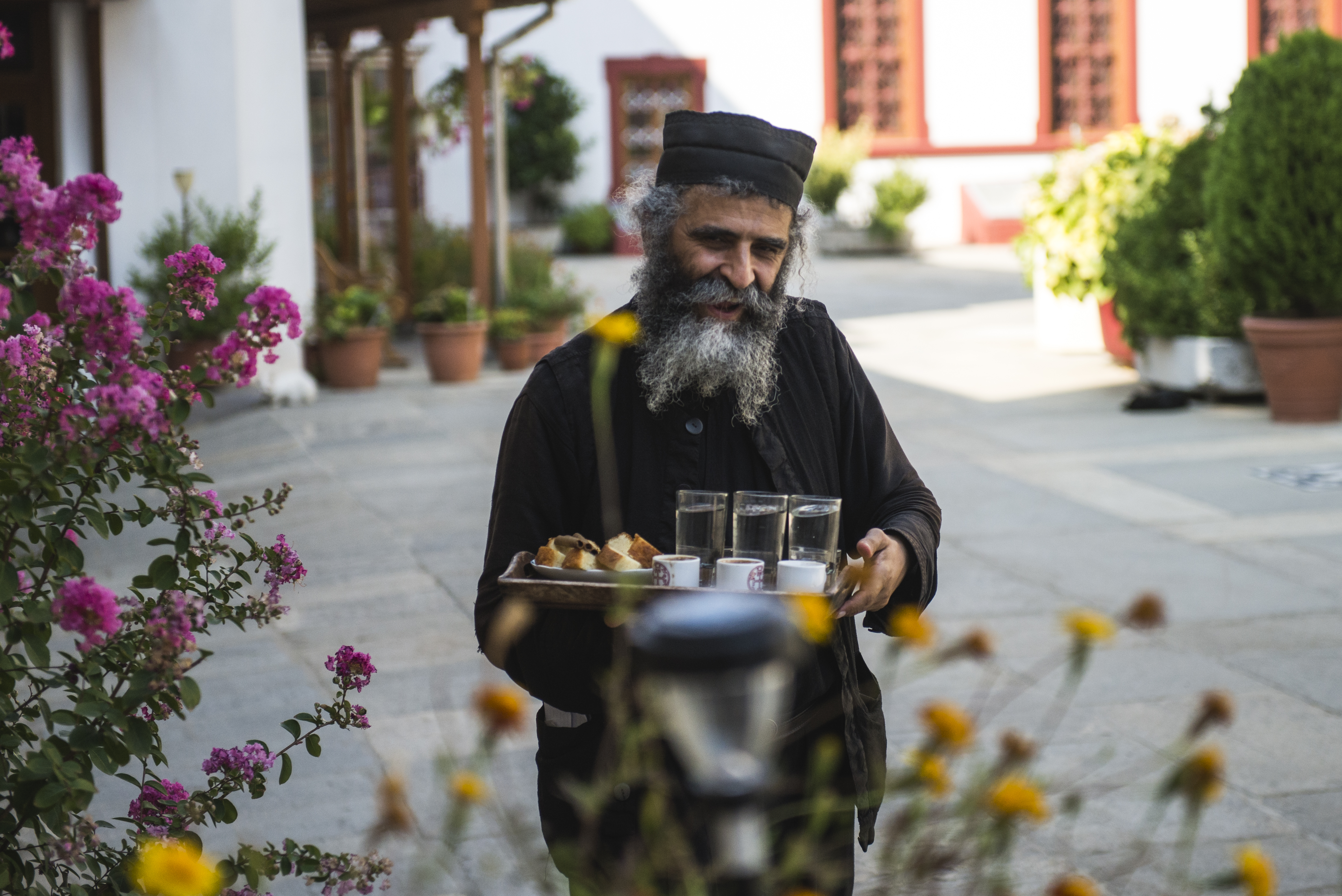
As a visitor inured to city streets, noisy parties and everyday bustle, as a man from digital culture, who every evening drops into bed with his eyes overtired from all kinds of screens, the world of Athos presented me with an unimaginable, remote sense of otherness. It seemed to stand as a witness of an unfathomable secret, of a different relationship between man and God and time and space.
Nobody comes back from the mountain the same man he has come to it. Athos inevitably changes you.
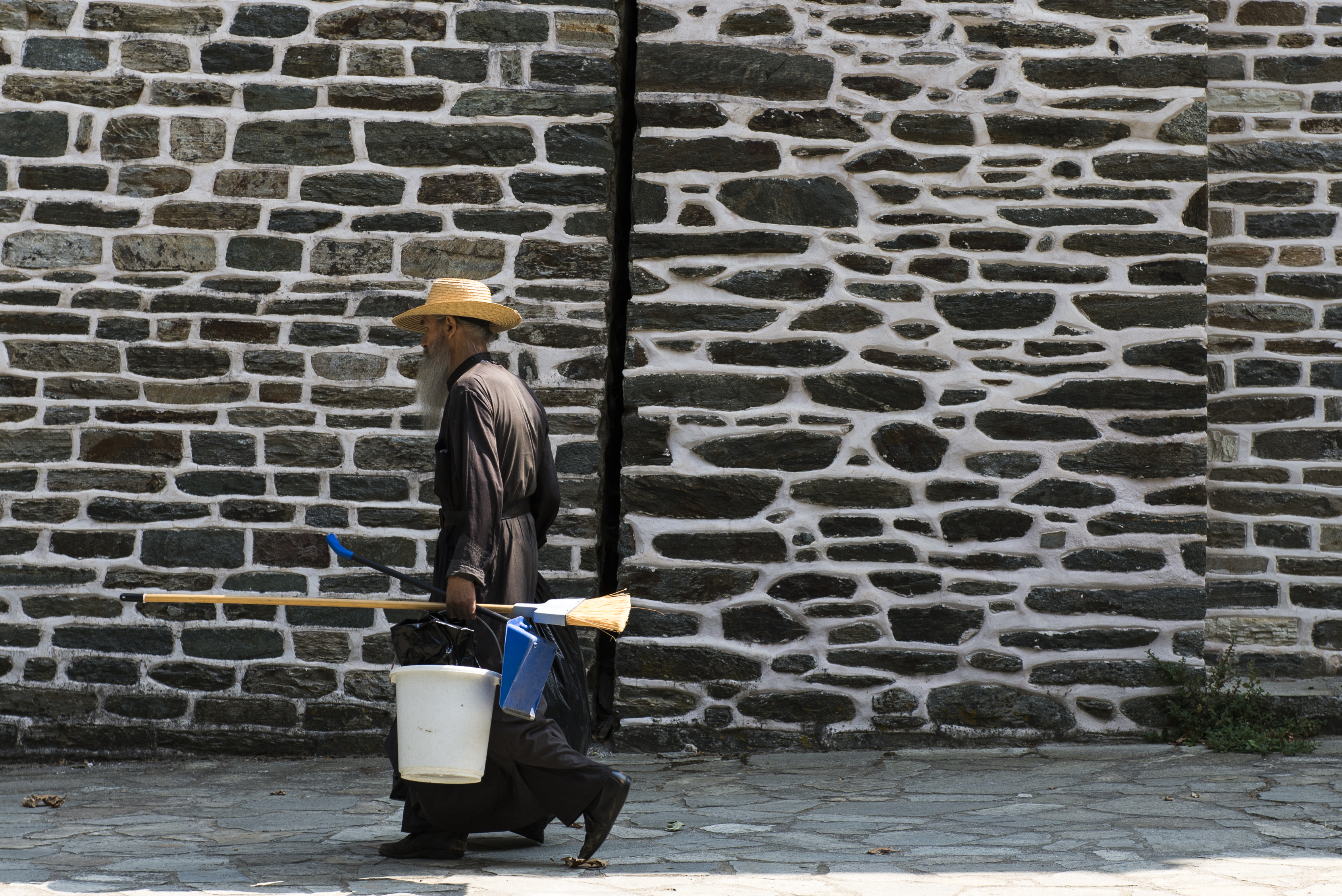
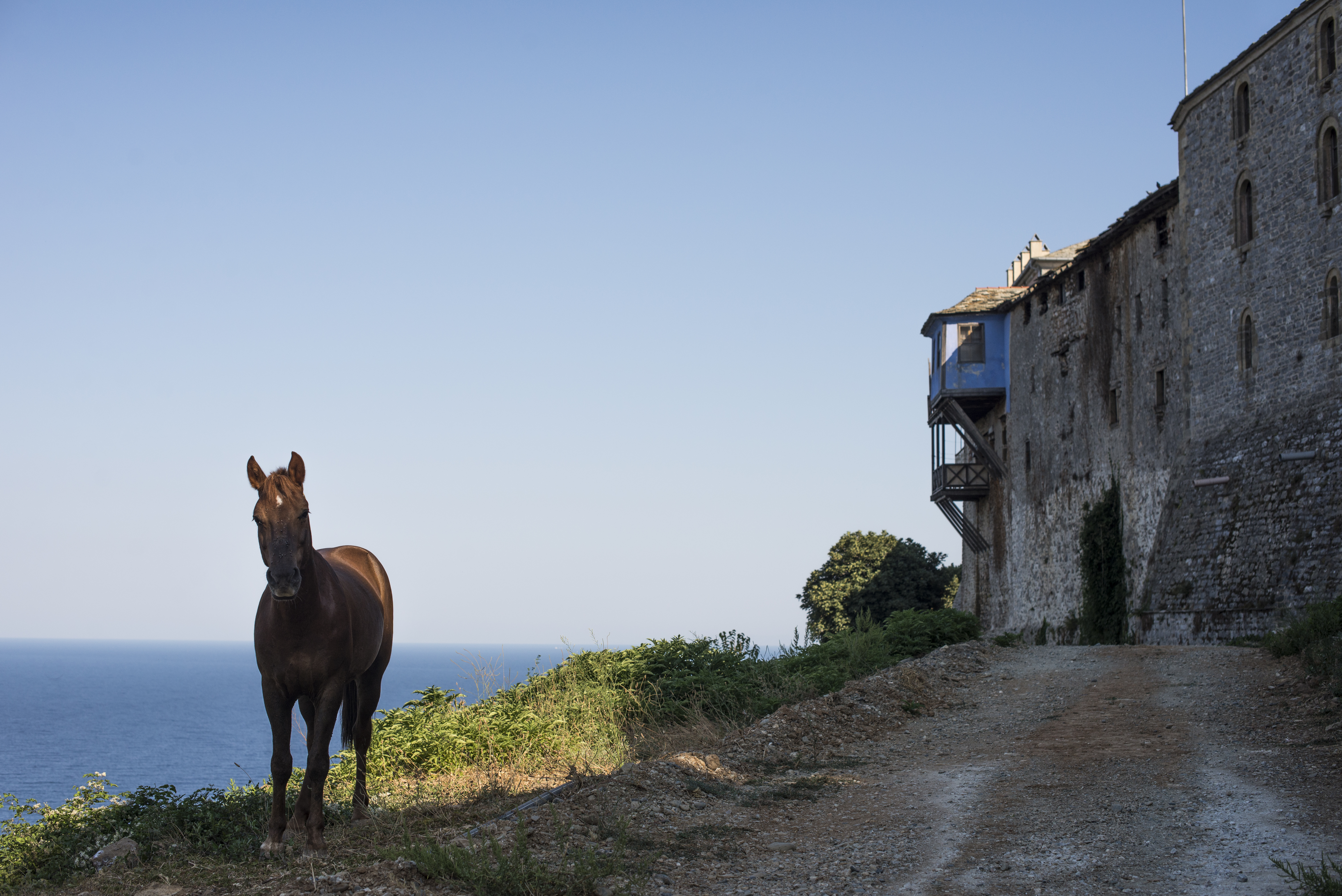
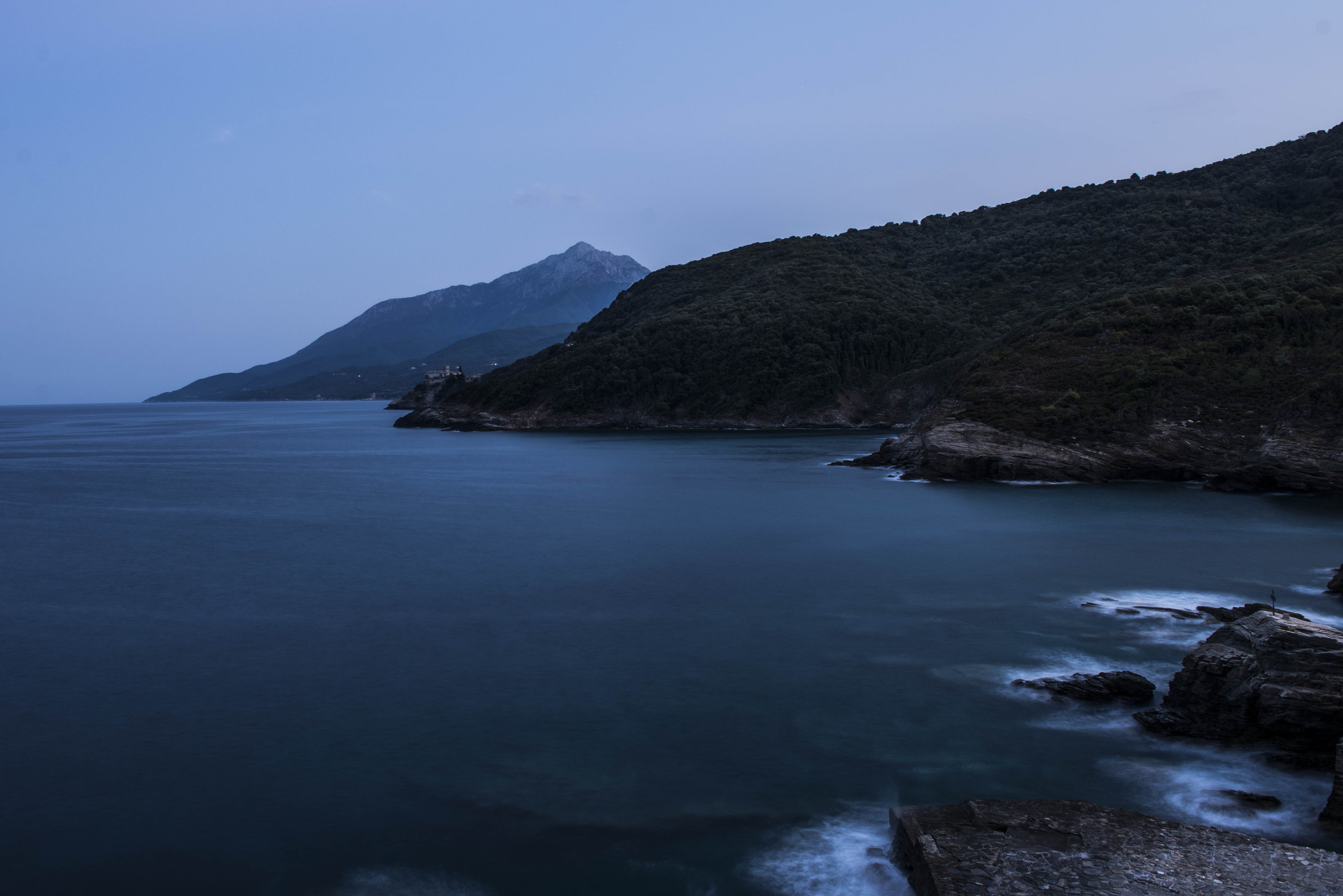
Jan Dominik Bogataj is a Franciscan Friar, student of theology and classical philology, from Ljubljana, Slovenia. His passions include studying ancient languages and old spiritual texts. His travelling style is discovering how the spiritual dimension of a culture takes shape through architecture and art.
Nik Erik Neubauer is student of photography passionate about photojournalism and street photography. Nik has exhibited his work throughout Europe; past projects include “Health for the World’s Adolescents” with the World Health Organization. Currently is he working on documentary projects in his home country of Slovenia.
